Traditionally speaking, the first year of a console’s lifetime is generally mediocre. Launches that range from great to middling are followed by months of dead air before the next batch of decent releases drop, and only around the one year anniversary do more heavy hitters finally emerge. Despite their utter importance to a console’s reception due to initial sales, when you look at the software libraries pushed out in one’s first year on the market they usually pale in comparison to later years.
It’s easy to look back at the Switch’s first year compared to other consoles’ and claim it utterly demolished expectations with its software library — which very well might be the finest any game system has accrued within 365 days. But it’s also just as easy to forget how tenuous the console’s performance looked like before launch, how people were wary of a second coming of the Wii U, and just how clever Nintendo’s ultimate handling of the first year was. It was by no means perfect, of course; but it really is remarkable just how far the portable console has come in such a comparatively short amount of time.
Spacing out the big guns
To those on the outside, the Switch’s launch lineup was somewhere between so-so and worrisome. Besides the obvious pièce de résistance of Zelda (which was also on the Wii U), all it really had to its name was an overpriced tech concept prover (1-2 Switch), a strange indie paper game (Snipperclips), and a host of ports. While the January Switch presentation revealed some exciting titles for later in the year, like Splatoon 2 or Mario Odyssey, launch appeared to only have one big name attached, and the conventional game punditry seemed uncertain of success.
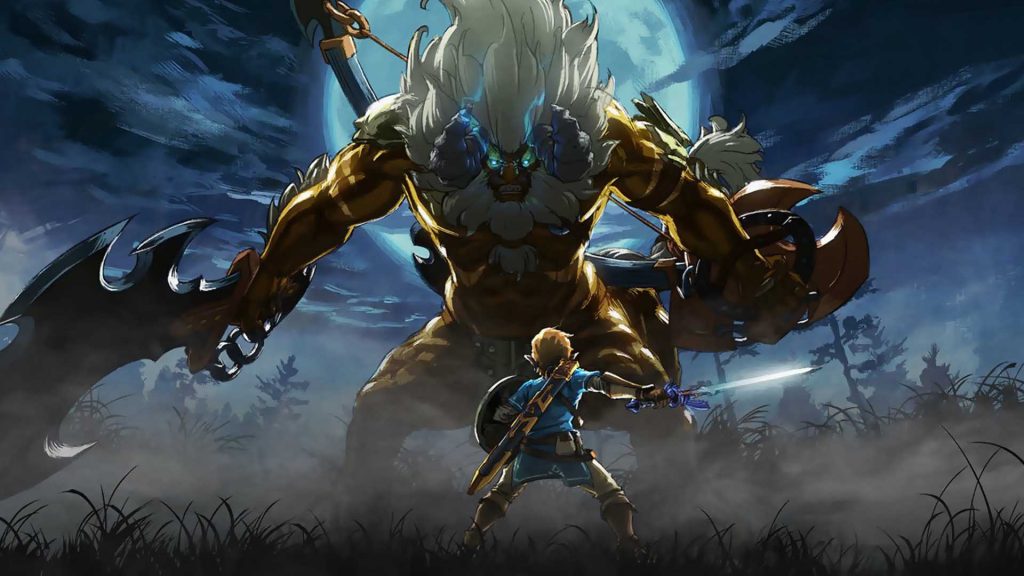
It turned out that one big name was all the console needed. Getting some of the highest scores ever put out by the games media and revolutionizing its own series, Breath of the Wild was the functional equivalent of the Triforce itself descending upon Nintendo’s office and granting it the wish of piles of cash. The game was so large and full that it was able to hold the month of March nigh singlehandedly, while smaller fare like Shovel Knight provided just enough flavor to keep a decent variety. Headlines of Switch shortages covered the internet, and — in usual Nintendo fashion — the lack of units only drove up demand, as people on the fence flocked to the console while they could.
Nintendo played the first year’s release schedule very intelligently. Come April, they released another significant title: Mario Kart 8 Deluxe. While May would be comparatively quieter, held up by smaller names like Disgaea, each succeeding month had one big release from the Big N — ARMS, Splatoon 2, Mario + Rabbids, Pokkén, Mario Odyssey, Skyrim, and finally Xenoblade 2. Each month brought something that people could at least give a glance to gauge their own interest, and even if the slew of big open world games or occasional Wii U port didn’t amaze, then the host of smaller titles accrued slowly by the console could grab attention. Compared to the Wii U’s drought it was an embarrassment of riches.
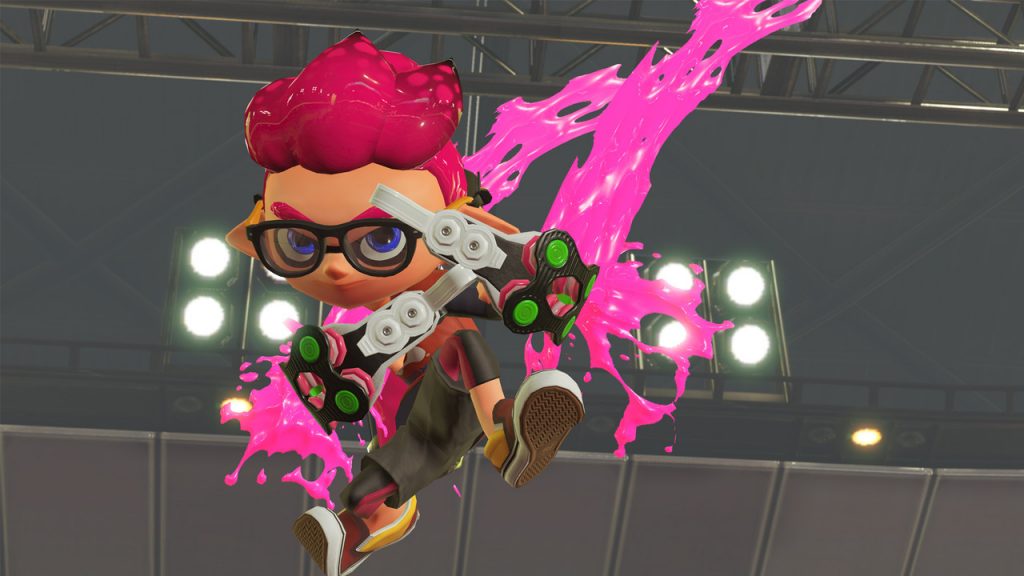
While the release schedule has softened past the holidays, the impending release of Kirby Star Allies and already announced Yoshi, Metroid, and Pokémon titles provide something to look forward to, as well as DLC for already released titles. When it came to first party software, the Switch’s library is already looking rock solid, and we can only wonder where it will go from here.
The power (and problems) of portability
For at least the past decade, Nintendo consoles have occupied a different sphere from their Microsoft and Sony counterparts, sacrificing graphical fidelity and processing power for something more unique. The Switch’s portability was pegged by some as a gimmick in the vein of the Wii’s motion control or the Wii U’s GamePad — a position that seems laughable in retrospect, as it has proven far more universally popular and respected an idea than that of its immediate forefathers.
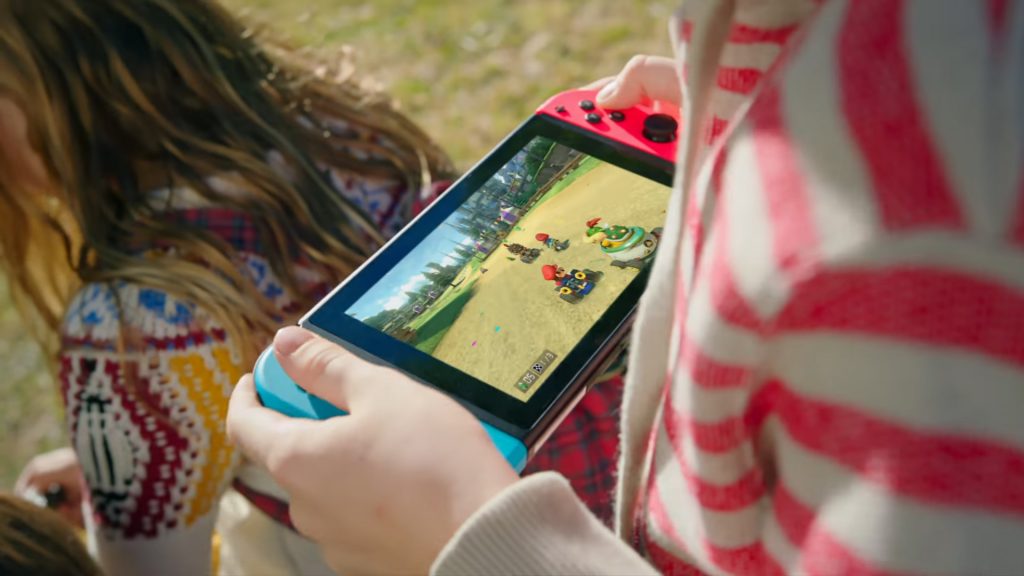
What probably makes the Switch’s portability such a strong selling point is not only its ease, but its complete optionality. Do you simply prefer to play games on the TV, and not take them with you? If you so desire, you can do that. Or, in turn, is your life so busy that you only have time to play on your commute? The Switch can be curtailed to that, as well. The flexibility of the system is in many ways its greatest strength — during my trek to finish Xenoblade 2, I was able to do missions and grind in between daily activities, while the grand story cutscenes could be displayed on the TV. The fact that I can curtail my experience to my needs is endlessly convenient, and there’s a reason besides the impressive software lineup that I’ve been using my Switch so much.
But, as mentioned, the console lags behind in terms of performance. Despite being released years after both the Xbox One and the PlayStation 4, the Switch struggles to perform at the same levels. Third parties like EA and Ubisoft still seem somewhat reluctant to drop AAA titles on the platform, likely due to difficulty porting (though, given the recent prevalence of loot boxes and similar tactics in such games, perhaps that’s for the best). Chances are, any title you can get on Switch will likely perform better elsewhere — though, of course, there’s also the benefit of portability.
And it’s not as if the console has been anathemic to all third-parties. Bethesda released both DOOM (2016) and Skyrim to much buzz on the console, and despite some technical issues they seemed to do well. Titles that many wouldn’t associate with Nintendo, like LA Noire or the recently announced Dark Souls remaster, are also noteworthy. While still behind the competition, Nintendo seems to be doing notably better on the third party front than in the Wii U era.
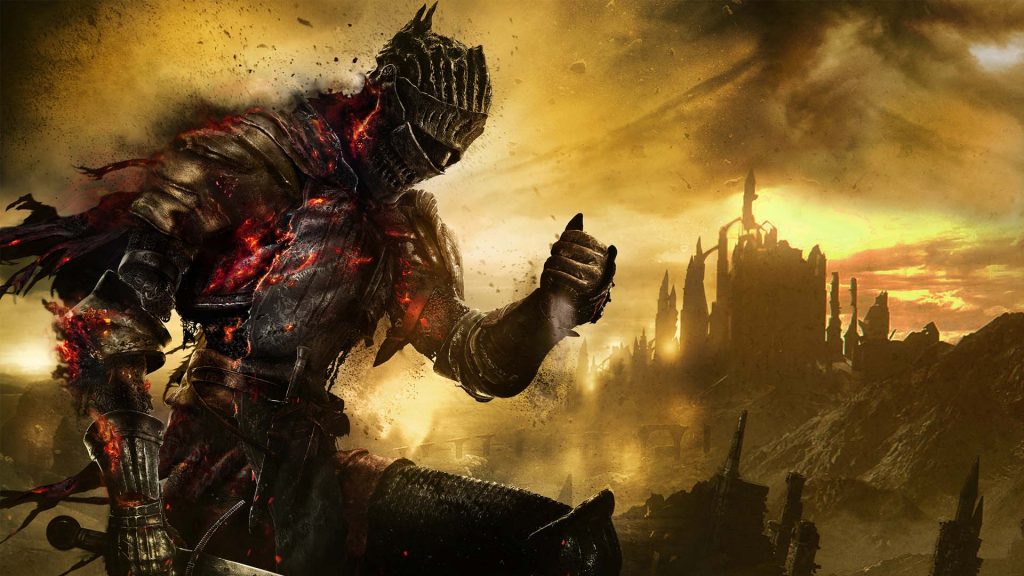
Many of the console’s other issues are mostly related to quality of life. It wasn’t possible to transfer save data until a console patch months after release; streaming apps like Netflix and Amazon Video are still nowhere to be seen; and the rollout of Nintendo Switch Online has been somewhere between confusing, worrying, and just plain weird. These can all be addressed, but without the killer apps that it had making up for the difference some of these QoL issues would be much more pronounced.
A mean, lean, indie machine
The biggest surprise of the Switch, personally, has been the sheer amount of indie support the console has accrued over the past year. While BotW and Odyssey were smash successes, that fact isn’t exactly a shock. In turn, the sheer number of independent titles (or Nindies) that have flocked to the system since release is staggering.
There are several factors that make the Switch ideal for indies. Because indie games are less intensive on specs than AAA titles, there isn’t the same concern with performance (not that it makes porting a cinch, of course). The portability offers a significant and inherent advantage over other consoles, and even older ports like Super Meat Boy sell well due to this facet. The decline of both XBLA (due to the XBO’s sluggish start) and Steam (which has become bloated with horribleness) and a decently curated eShop are also big pluses.
Not every indie has — or will have — made it to the platform, obviously. But there have been some stellar highlights already — from re-releases of classics like Cave Story, to titles from the past couple years that slipped through the cracks of other platforms like The Sexy Brutale, to contemporary experiences like Fe. Heck, my favorite Switch game so far is the touching, masterfully crafted Celeste, whose beautiful ludonarrative and level design have already made it a heavy GOTY contender.
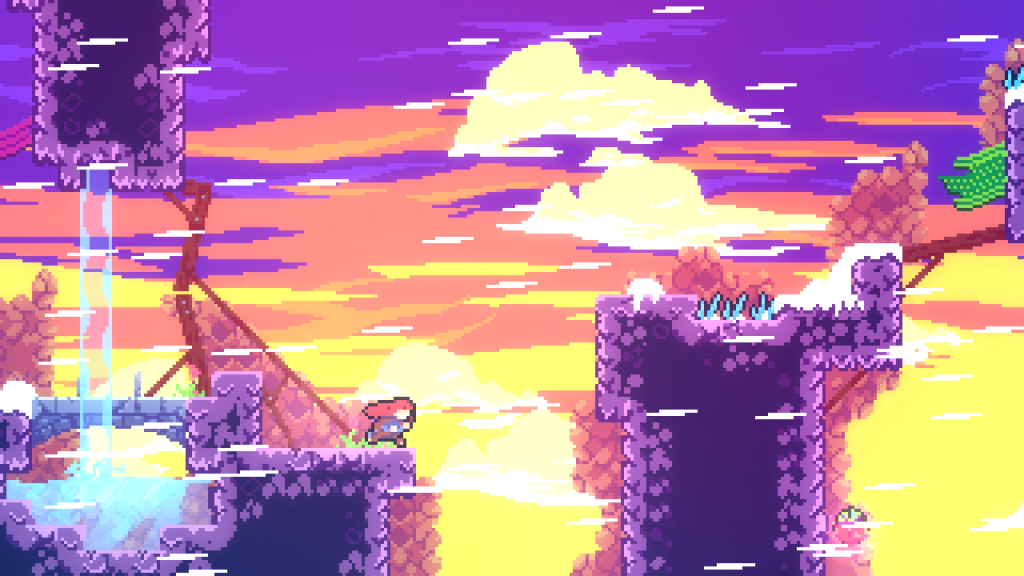
It’s clear that, provided it doesn’t go the way of Steam and become a software dump, the Switch is the current place for indies to be. The eShop could use some improvement in terms of finding games that are over a month or so old, but as it is, it’s chock-full of lovingly crafted titles that can do more than simply fill the void between Nintendo first party releases.
Looking backward and forward
Overall, it’s hard to gauge the Switch’s initial year as anything other than a roaring success, both financially and culturally. After the lull of the Wii U (rest in peace, you sorrowful system), Nintendo has bounced back on the strength of a well planned release window and a simple yet novel concept for a console. It’s cleared the first and biggest hurdle; and once again the cries of “Nintendo is doomed” are silenced.
The question for 2018 and beyond is mostly one of how much it can sustain what it has. January’s Mini Direct had some solid nuggets and titles to tide us over, but so far Kirby is the only major Ninty title this year with a solid release date. There are many more we have inklings of — and the rumor mill for Smash, Animal Crossing, and other titles is in perpetual motion — but right now the road to E3 is rather uncertain. A March Direct would certainly change that, of course, but that’s not a guarantee.
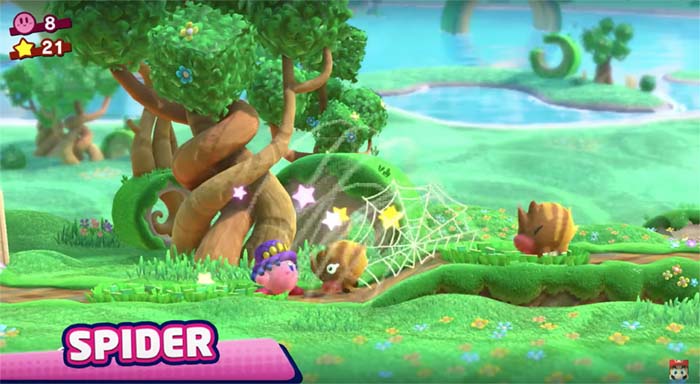
It’s interesting to be faced with uncertainty now, just as we were a year ago. But it’s of a different sort. Then, the road map was clear, but we weren’t sure where it led — whether to abysmal failure, or a return to fortune. Now the path can’t be seen quite as clear, but I think we have a solid feeling that the Switch is going in the right direction. Here’s hoping that the Switch’s second year is just as strong as the first’s — if such a feat is even possible.
Leave a Comment

